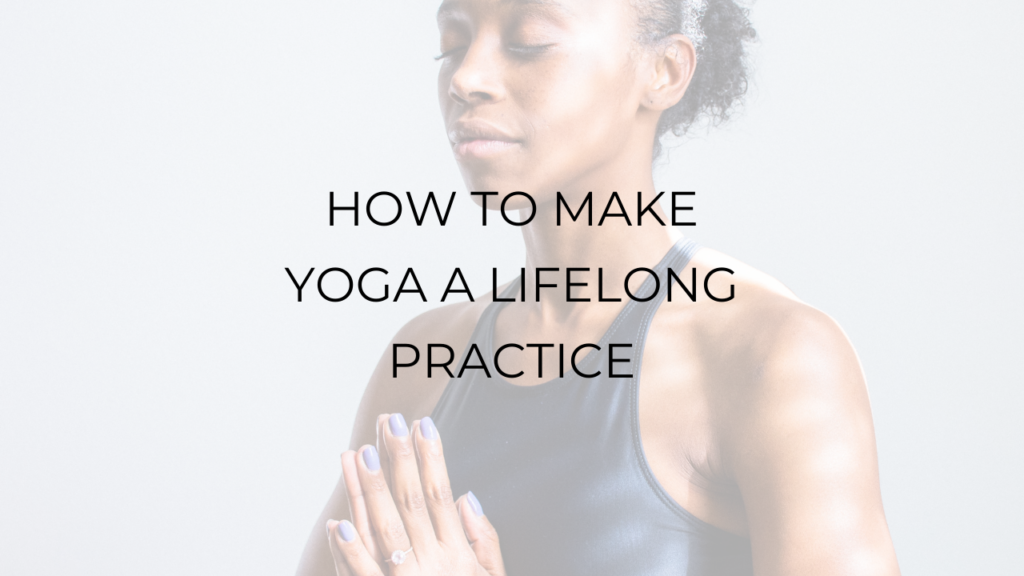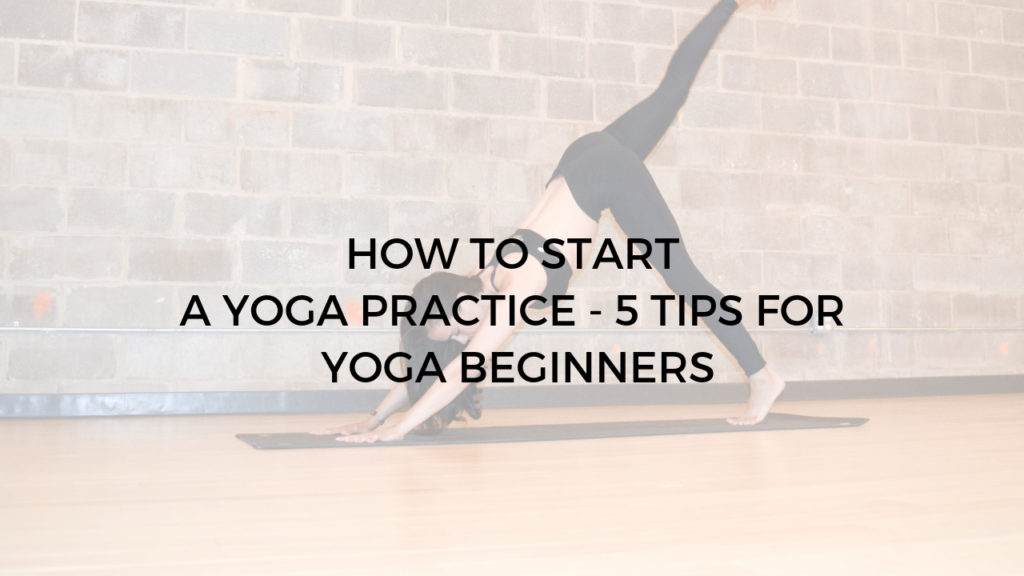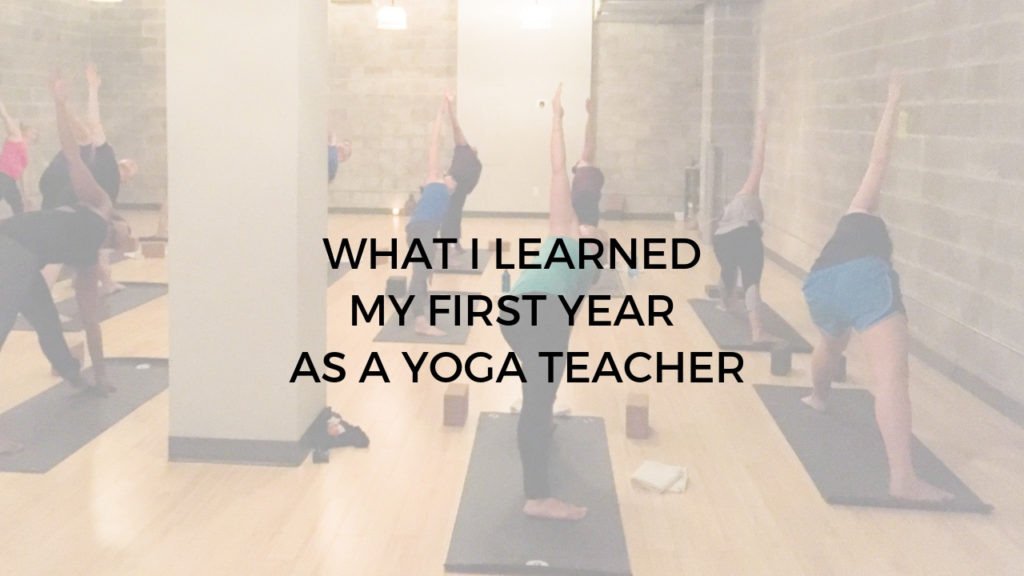If you’re like me, and most people, then I’m going to go ahead and guess that you started practicing yoga for one, or more of the following reasons:
- To become more flexible
- To relieve stress
- To exercise
- To heal from a mental or physical injury
- To just do yoga because you’ve heard “it’s good for you”
- Out of curiosity
- Because your medical doctor advised you to…
- Because all the “cool” people are doing it…
- Many more…
Am I right?
But did you ever think of yoga as more than “exercise” or a “stress relieving tool”? Have you ever asked yourself “what else is there other than yoga poses?
Better yet, have you ever thought of yoga as a living practice? Now, by living practice, I don’t mean moving to India, meditating on top of a mountain, or becoming vegetarian. Totally cool if that’s your vision (more on that later).
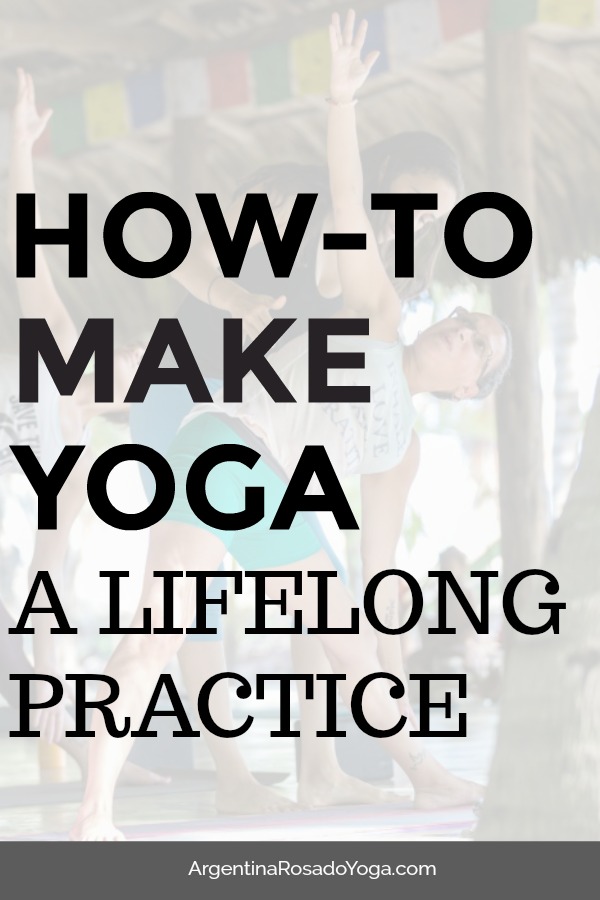
What I mean is, have you ever thought about how yoga can actually influence your life in the most meaningful way possible?
If you’ve asked any, or all of these questions, then you might be ready to take that next step in your yoga practice. You might be ready to deepen your knowledge of yoga and bring it into daily life…
If you’re ready to deepen your practice, here are five things you need to do to get started.
1. Set Your Intention

A key step before you start anything, and I mean anything, is to set your intention.
An intention is a heart-felt desire, a heart-felt prayer that comes directly from your highest self. It is the actual outcome you desire from any given situation. In other words, a core intention is your true “why.”
One mistake people often make is that they set superficial intentions. A superficial intention is basically “what you think you want.”
For instance, you might set an intention to “earn more money.”
Absolutely awesome. This is a totally valid, understandable intention lots of people make.
However, if you dig a little deeper, you might find that what you actually want is something entirely different.
For instance, if you ask yourself why you want to earn more money, you might say “well, because I want the freedom and flexibility to travel the world.” You can then dig deeper by asking yourself “ok, why do I want to travel the world?”
You might say “well, because I enjoy learning about culture and meeting people.”
You might go even deeper by asking, “ok, why is that important to me”?
You might say “because I value human connection, culture, and diversity.”
In this case, you could say that your core intention is “to travel and connect with people.”
Connecting with people is what you truly desire. Earning more money is just the tool that you’ll use to fulfill that desire. See the difference?
Now, when it comes to “making yoga a living practice.”
What is the actual outcome that you’re looking to have as a result of bringing yoga into daily life? Is it to be less reactive to daily situations and life circumstances? Is it to build resilience? Is it to become more spiritual?
The yoga practices, the principles, and the knowledge are the tools that you’ll use to fulfill your intention.
How to find your core intention:
The best time to set your intention is when you feel the most aligned with your highest self. This could be early in the morning when your mind is calm and settled, or after a yoga, breathwork, and/or a meditation practice.
Then, start with the statement…
“I want to make yoga a living practice.”
In other words, start with what you think you want. Then go digging deeper by asking yourself why.
Ask yourself, “why do I want to make yoga a living practice.”
Keep going until you find your intention.
This is the statement you’ll come back to every time you practice.
2. Create a Vision

The next step after setting your intention is to create a vision of how “yoga as a living practice” would look like for YOU. Not your teacher, or aunt, or next door neighbor. YOU!
Envisioning is a very natural and intuitive practice. It begins with your core intention, which is basically the command from your conscious mind to your subconscious mind.
When the subconscious mind receives the order of “make yoga a living practice” or whatever your core intention is, it begins to download the necessary action steps you need to take in order for you to fulfill that intention.
So when you say “I want to make yoga a living practice,” one of the ways that the subconscious mind will talk to you is by sending you short “movie clips,” or “visuals” of how that (what you asked for) would look like.
How do you see yourself as a “dedicated yogi?” What images come to mind? Do you see yourself traveling to India to deepen your knowledge of yoga? Do you see yourself waking up at 5am (every day) to meditate and move your body? Do you see yourself teaching others?
What visuals come to mind?
I describe the process of envisioning in much more detail in my online “yoga immersion program” that teaches you 7 yogic principles that will deepen your knowledge of yoga. You can sign-up for FREE right here.
3. Start a Meditation Practice

Ok, if I could offer you just one tool, one that could advance your yoga practice in the most meaningful, transformational way possible, it would be meditation. I like to call it the one-stop-shop for achieving all the other points in this post, and any other intention you might set in the future.
Why? Well, because meditation is the path to our highest self. It is the path to greater self-awareness, compassion, awakening, and greater knowledge of one’s true desires.
When we’re aligned with our highest self, we set heart-felt intentions, become more intuitive, and can be more present with our thoughts and actions.
When we’re aligned with our highest self, we can say that we’re living the yogic life.
Tips for starting a meditation practice
The simplest way to start a meditation practice is to take 2-5 minutes everyday to observe your breath. That’s it, just 2-5 minutes.
As you move along in your practice, you can make it longer. But you want to start small so you don’t get frustrated with yourself, and most importantly, so that you can stick to it long enough to see “real” results.
The key to observing your breath is to resist the urge to want to change its rhythm. You must leave it as is and observe it with patience and non-judgement.
Again, I cover this process in much more detail in my free “online immersion program,” so make sure to sign-up here, if you can.
4. Build Consistency
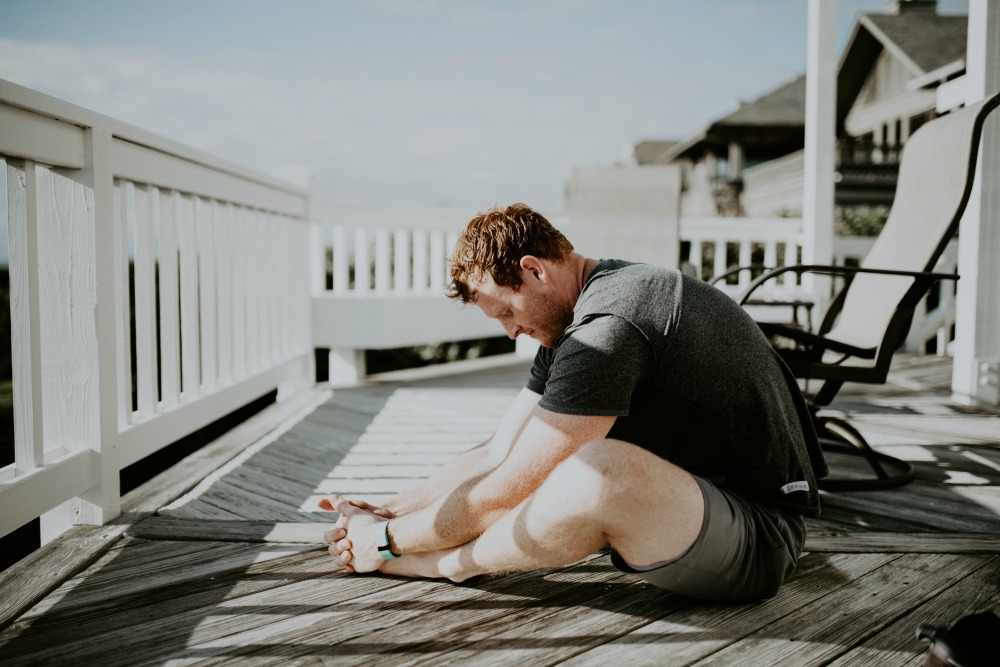
Let me put it this way, ready?
You see, you can start anything you want in life, a new eating program, an exercise routine, a yoga practice, morning habit, anything…
…but if you don’t stick with it long enough to see “real” results, whether positive or negative, guess what, my friend?
You’re going to feel like it’s February every single day.
What happens in February, you ask? February is when most people quit their New Year’s resolution because “they’re not seeing results.” There could be many reasons why someone might not get “real results,” but my guess is that:
1) they set a superficial intention, and / or…
2) they didn’t stick with it long enough for it to work.
Here’s the thing…
To embody yoga, you must, must, must keep your practice. Whether it’s just two minutes of breathwork, or a full 90 minute class, consistency is the key to creating a life-long, sustainable yoga practice.
Listen, some days you might feel like quitting, some days might feel inspired, some days you might go deep, and some days not so much.
The key is to show up, and welcome it all. Do your practice, be patient, and self-compassionate.
5. Deepen Your Knowledge of Yoga
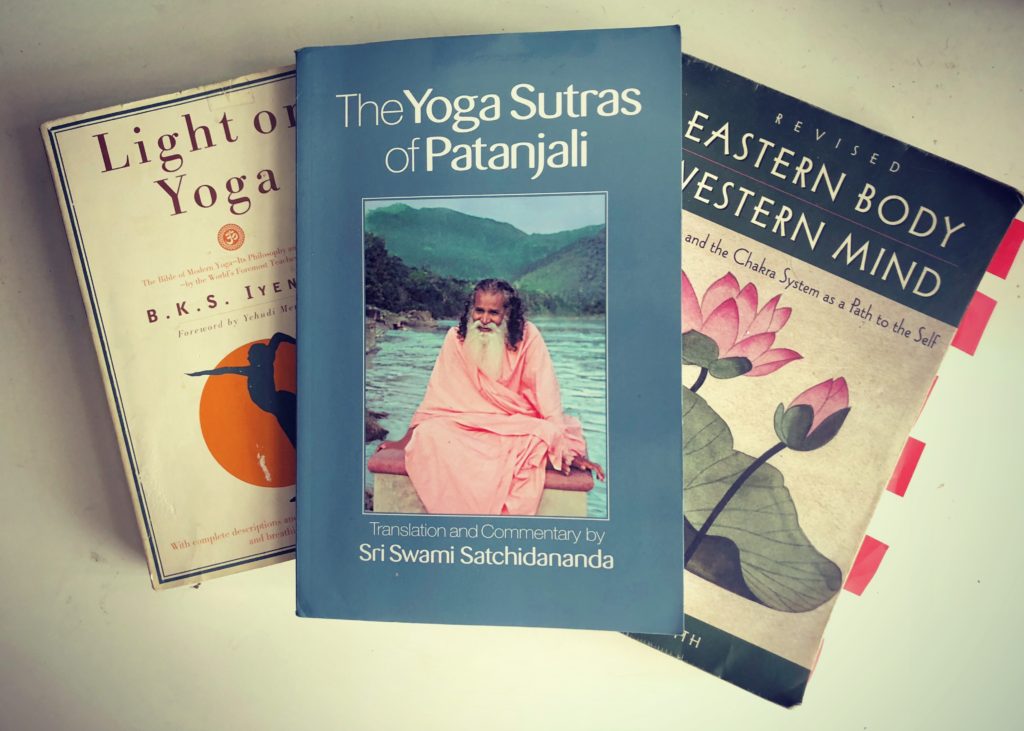
Ok, so you’ve been practicing the same one-hour class at the yoga studio ever since you started yoga. Or you’ve been practicing on YouTube, or anywhere online here and there.
But now you’re wondering, what else is there? Is yoga simply a set of yoga poses that you do to get one specific result? Or is there more than just yoga poses, breathing, and meditation?
Turns out, there is. There’s a lot more to yoga than yoga poses, breathing, and meditation.
For instance, did you know that the practice of yoga, as a whole, has eight different components? Traditionally, these are called the Eight Limbs of Yoga, or the Eight stages of yoga.
The eight stages of yoga are:
- Yamas (ethical standards)
- Niyamas (self discipline)
- Asana (yoga poses)
- Pranayama (breathwork)
- Pratyahara (withdrawal of the senses)
- Dharana (active concentration)
- Dhyana (effortless concentration or meditation)
- Samadhi (oneness)
As you can see, that one set of yoga poses you’ve been doing at the studio, gym, or online, is just ⅛ of the yoga practice. Yes, physical poses are yoga, breathwork is yoga, meditation is yoga. But one isn’t necessarily complete without the other.
The eight parts work wonderfully together to create the experience of yoga, that is, the sacred union of mind, body, and soul.
So to make yoga a living practice, you must know it as a whole, not just one piece of it.
And yes, this topic is covered in the “online immersion program.” Sign-up for free right here, if you haven’t already.
6. Find your teachers (aka guides)
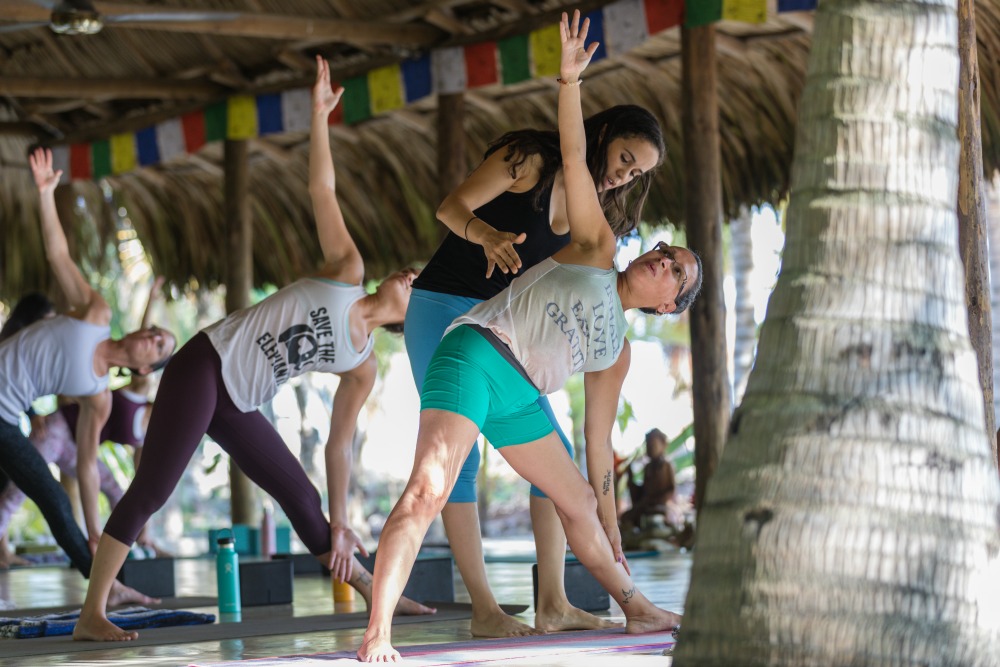
By now you might have realized that there is a lot to yoga – meditation, breathwork, asana, lifestyle, and more…
With so many yoga teachers out there, so many insta-yogis, etc., etc., it’s absolutely crucial that you find a yoga teacher/mentor that can guide you along the way.
Before you embark on any journey with someone, you want to make sure not only that they qualify as teachers, but that you resonate with their teaching style and message.
Having a large Instagram following does not qualify someone as a teacher.
Being registered with Yoga Alliance does not qualify someone as a teacher.
Having x amount of years experience as a teacher does not qualify someone as a yoga teacher.
Having a 500-hour certification versus a 200-hour certification does not qualify someone as a teacher.
It is their authenticity, presence, compassion, message that qualifies them as a YOUR teacher.
I have taken classes with teachers who have serious amounts of teaching experience, yet I did not resonate with them. That simple. There are many teachers doing “fancy” poses on Instagram, but that doesn’t necessarily mean that you’re going to enjoy their classes.
Find a teacher you resonate with, someone you admire as a person, someone who inspires you, someone who’s class you cannot get enough of, someone who is authentic on their teaching.
There you have it, my friends. The five things you want to start with, if you want to make yoga a living practice.
